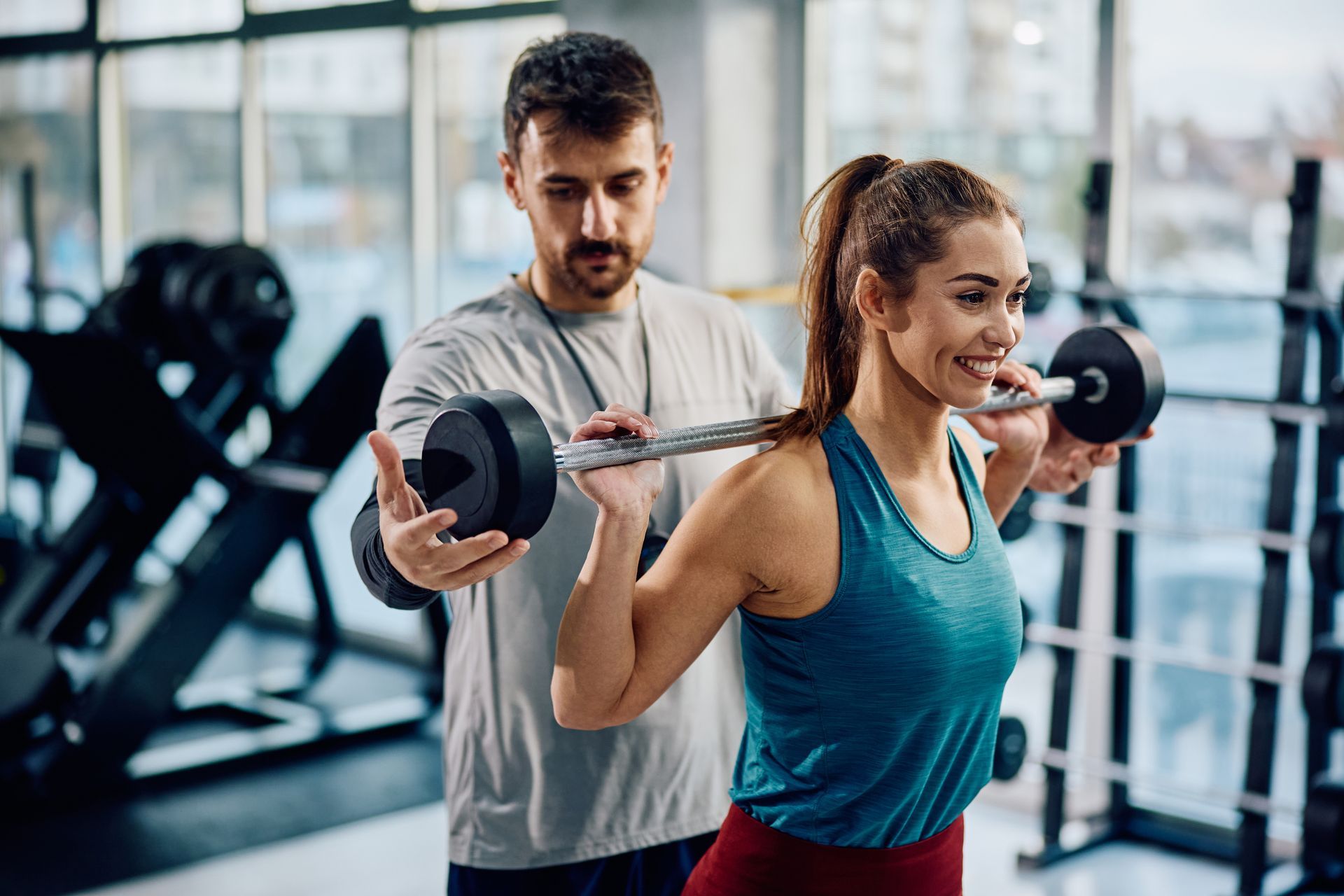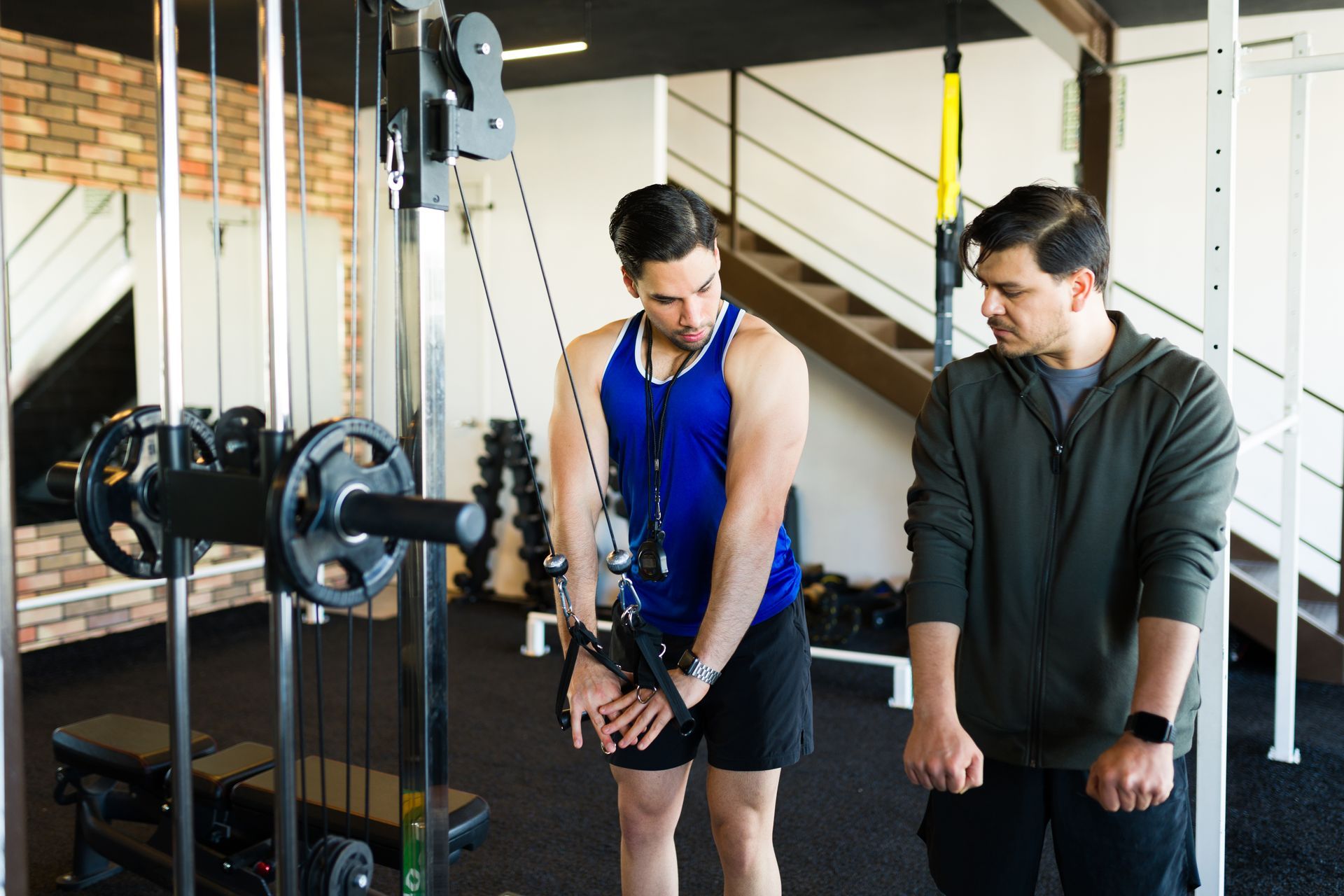March 15, 2024
Fitness for Travelers: Maintaining Your Routine on the Road with a Nashville Personal Trainer's Tips
Maintaining Your Fitness Routine While on the Road
Traveling opens doors to new experiences and adventures, but it often disrupts our daily routines, especially our fitness regimens. As a seasoned personal trainer based in Nashville, I've coached many clients through the challenge of staying fit on the move. Whether you're a backpacker trekking across continents, a business traveler hopping from city to city, or a vacationer indulging in the pleasures of a new destination, maintaining your fitness routine is a universal challenge.
Staying fit on the road isn't just about keeping up appearances; it's about maintaining your health, energy, and overall well-being to fully enjoy your travels. This guide, crafted by a Nashville personal training expert, offers practical tips and strategies for fitness enthusiasts and occasional gym-goers alike to stay active and healthy, no matter where their journey takes them.
The Challenges of Staying Fit While Traveling
Travel, by nature, often means a break from normalcy, including your regular fitness routine. The most common challenges include carving out time for workouts amidst a busy travel schedule, limited access to gym facilities, and adapting to different environments and resources. Additionally, dietary changes while traveling can impact your fitness goals, with the temptation of local cuisines and the convenience of fast food.
However, the benefits of staying active while traveling are manifold. Regular exercise boosts your energy levels, helps combat jet lag, and can even enhance your travel experience by improving mood and reducing stress.
It's also a unique opportunity to explore new forms of exercise and incorporate local cultural activities into your fitness regimen. Staying fit on the road requires adaptability, creativity, and commitment, but the payoff is a healthier, more enjoyable travel experience.
Portable Fitness Equipment for Travelers
Travel fitness is about finding effective, space-saving solutions. As a personal trainer in Nashville who understands the need for flexibility, I recommend resistance bands, jump ropes, and a TRX (or other suspension strap) as versatile and portable options. These lightweight and compact tools offer a full-body workout that challenges your strength and flexibility, perfect for the traveler looking to maintain their fitness on the go.
Your smartphone, too, serves as an invaluable fitness tool. With many fitness apps available, you can access tailored workout routines suitable for small spaces and varying fitness levels, often not requiring any equipment. Embracing these portable solutions enables you to maintain a robust fitness regimen, regardless of your location.
Utilizing Hotel Amenities and Local Resources
When booking your accommodation, opt for hotels with fitness amenities. Many Nashville hotels, for example, offer top-notch gyms, swimming pools, and even fitness classes. Don't hesitate to use these facilities to your advantage.
But there's more to fitness than just gyms and pools. Exploring local resources can add an exciting twist to your fitness routine. Check out local fitness classes or group activities, ranging from yoga sessions in a park to dance classes featuring local styles. These will keep you fit and immerse you in the local culture.
Outdoor activities are another great way to stay active. Try swimming, surfing, or paddleboarding if you're in a coastal area. Mountainous or rural destinations offer hiking, running, or cycling opportunities. Such activities provide excellent workouts and allow you to explore and experience the destination in a unique and engaging way.
Adapting Your Workout Routine
Flexibility is crucial when it comes to maintaining your fitness routine on the road. Be prepared to modify your usual workout to fit your current environment and schedule. This might mean shorter, more intense workouts like high-intensity interval training (HIIT), which can be done quickly but with high efficiency.
Bodyweight exercises will become your best friend while traveling. Exercises like push-ups, squats, lunges, and planks can be done anywhere and require no equipment. These exercises can be easily adjusted to different fitness levels by changing the intensity or number of repetitions.
Incorporate activities into your travel itinerary that double as exercise. Walking or biking tours are great ways to see the sights while getting in some physical activity. Even simple choices like taking the stairs instead of the elevator or walking to nearby attractions can contribute significantly to your fitness goals.
Managing Diet and Nutrition on the Road
Nutrition plays a crucial role in fitness, and maintaining a healthy diet while traveling can be challenging. Street foods and local delicacies are tempting, but finding a balance is important. Start your day with a nutritious breakfast - it sets the tone for your daily dietary choices. Opt for accommodations with kitchen facilities when possible, as this allows you to prepare your meals and have better control over what you eat.
Snacking smart is another key aspect. Carry healthy snacks like nuts, fruits, or protein bars to avoid indulging in unhealthy options. Stay hydrated, especially if you're in a hot climate or are engaging in strenuous activities.
Avoid the common pitfall of overindulging in alcohol or sugary drinks. These not only contribute to dehydration but also add unnecessary calories. Remember, moderation is key, and it's okay to enjoy local cuisines and treats – aim for a balanced approach.
Staying Motivated and Setting Realistic Goals
Staying motivated to exercise while traveling can be tough, but setting realistic and achievable fitness goals can help. Instead of adhering strictly to your regular fitness regime, set goals that are adaptable to your travel itinerary. This could be as simple as committing to a 20-minute HIIT session every other day or reaching a certain number of steps daily.
Track your progress with fitness apps or a journal. This not only helps in staying motivated but also gives a sense of accomplishment. Remember, the goal is to stay active and healthy, not necessarily to adhere rigidly to your normal fitness standards. Be realistic and recognize that any form of activity is beneficial.
Conclusion
Staying fit while traveling is all about adaptability, creativity, and balancing between enjoying your travels and maintaining a healthy lifestyle. With the right approach, you can turn every travel experience into an opportunity to stay active and healthy.
Remember, whether you're looking for personal training in Nashville or tips for keeping fit on the road, the journey is as much about exploring new places as it is about taking care of your body and mind. As a Nashville personal trainer, I'm here to guide you through maintaining your fitness routine, wherever your travels may take you.





